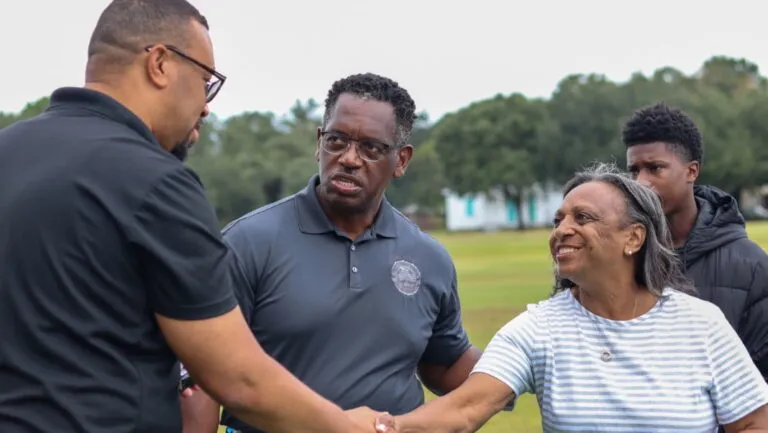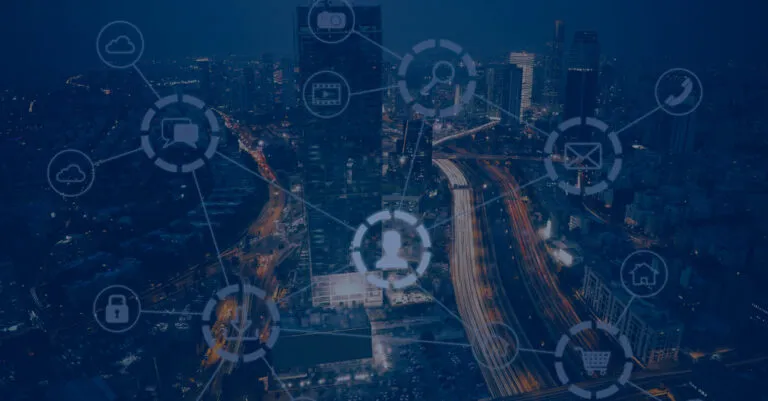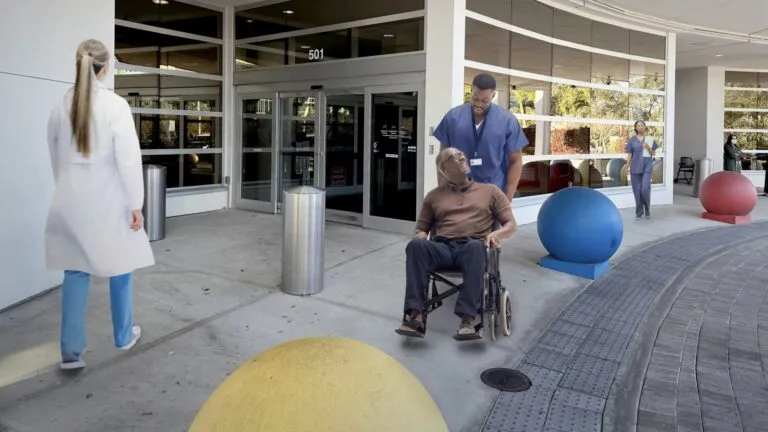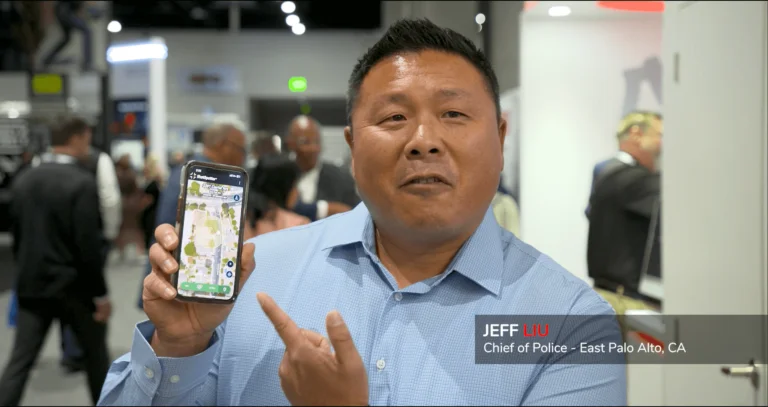Learn How to Keep Your Patients and Staff Safe with SafePointe™
Meet us at IAHSS, Booth #216, April 29th - May 1st
Schedule a MeetingSoundThinking Commemorates Giving Tuesday with Donation to Officer Down Memorial Page
We stand firmly with law enforcement officers and their families, honoring those who have made the ultimate sacrifice.
Heroic Giving
Shotspotter Updates
Improved Response Time and Evidence Collection Capabilities
The SafetySmart Platform brings together four specialized software solutions and objective data to help law enforcement and civic leadership better protect their communities by ensuring the right resources are provided when and where they’re needed most.
Gunshot Detection
- Enable rapid response to gunfire, 80% of which is not reported to 9-1-1
- Save the lives of gunshot wound victims in your community
- Improve evidence recovery and NIBIN leads
Crime Analysis & Data
- Search 1B+ records from one-source to accelerate investigations and identify persons of interest
- Uncover linkages across people, places, and events
- Provide patrol officers situational awareness for crime scenes and addresses
Investigation Management
- Organize and store case information in one structured, secure, and searchable digital case folder
- Import NIBIN leads and immediately identify associated gun crime cases
- Build courtroom-ready cases for any crime — drug, robbery, homicide, intel, gun crime and more
Resource Deployment
- Automate directed patrol planning to better serve communities
- Gain actionable insights into officer activity
- Free up crime analysts’ time to focus on more strategic work
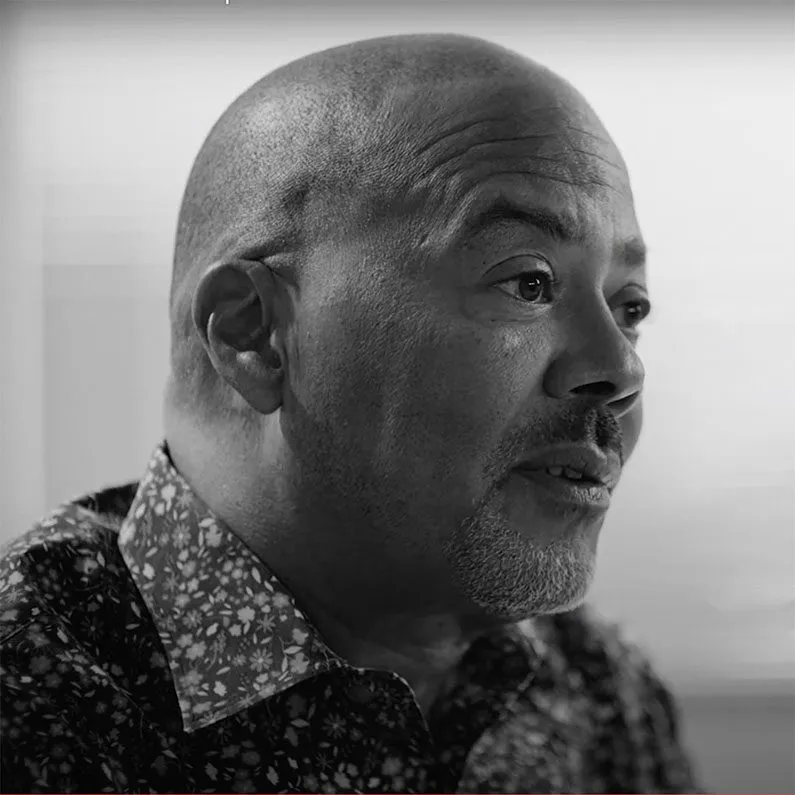
In a time in which police work has never been more challenging, we offer a way forward - technology and guidance to help save lives, solve more crimes and restore trust with the community.
CUSTOMER STORIES
Communities, Civic Leaders, and Law Enforcement Trust SoundThinking
“The ShotSpotter technology targets [gun] violence, quickly puts our officers where they’re needed, and helps us identify shooters, while building trust and restoring peace in the challenged communities we serve.”
“There was a man shot on our streets and no one had alerted police. [Because of ShotSpotter], police showed up and administered CPR and saved him. He’s alive today because of ShotSpotter.”
“The information I obtained from [CrimeTracer] … led to a tri-county take down of all three suspects who are now in custody.”
“[CaseBuilder] put us into that next level and enabled us to take advantage of the technology to clear cases quicker, faster.”
[ResourceRouter] definitely helped me with our action plan and determining our best place for resource deployment. It certainly makes us more efficient in deploying officers where they’re needed the most.
